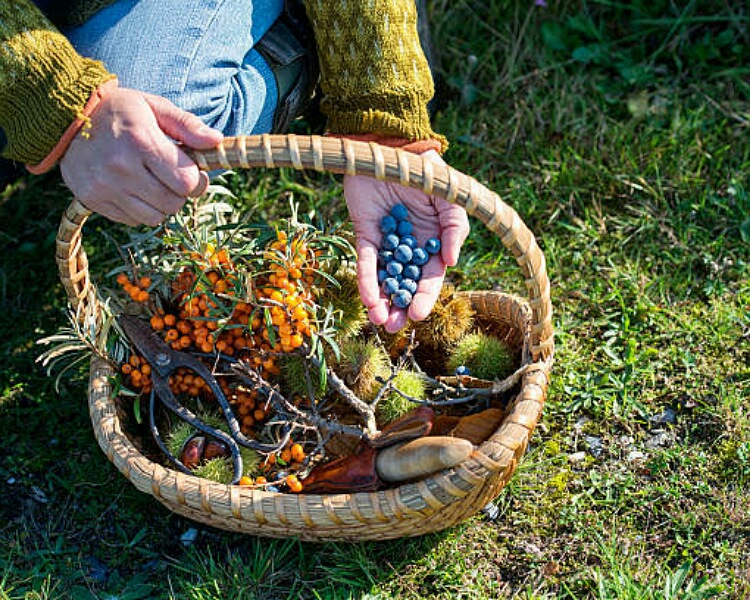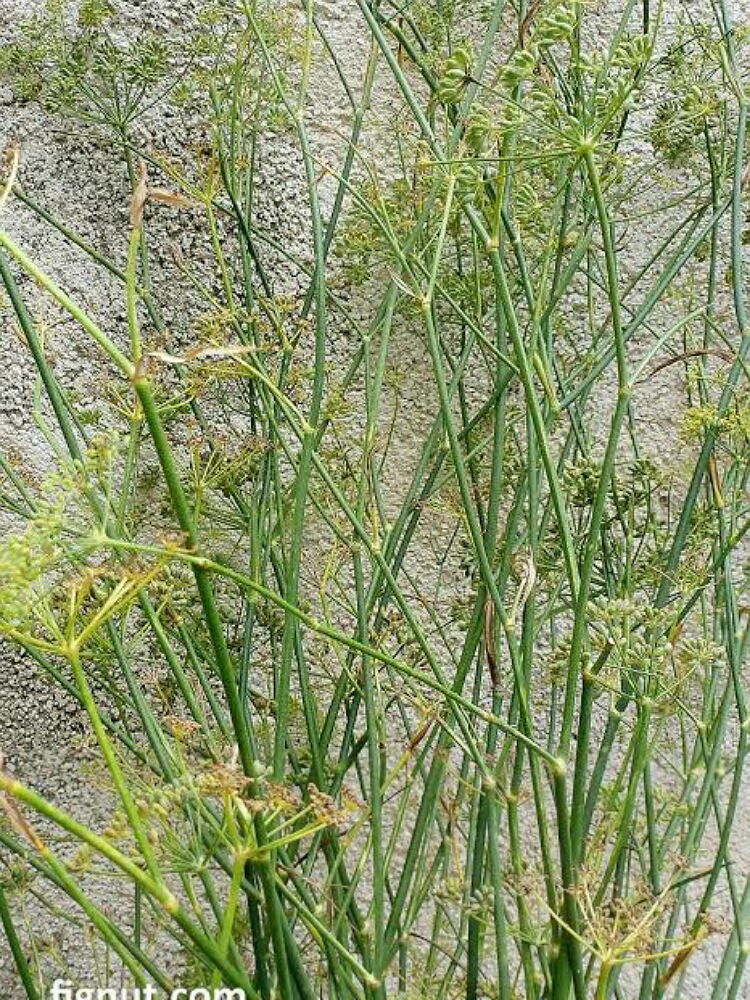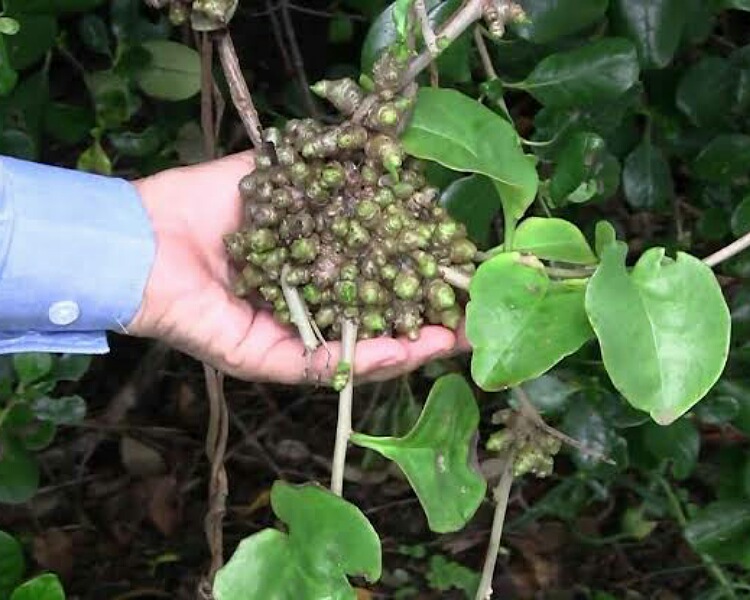Reminisce about your childhood days. How did you use to pick up mulberries from the hanging branches of the tree?
How did you use to pick up the fallen berries from the footpath, wash and devour them? This is the early practice of foraging that most of us have. Forager and environment educator, Diego Bonetto says:
“People tend to think of foragers as the old ladies running through the fields, carrying baskets as they collect food from a pristine environment that no one has touched,”
“That’s not really the case.”
Foraging: art and skill
Diego Bonetto is a forager who grew up in Northern Italy. He remembers his childhood days when his mother used to task her children including him to gather weeds from the area for cooking and medical purposes.
He feels that the practice is lost these days and this loss is not good. One needs to restart it, especially with the dwindling food production, the effect of food production on the environment, and the rising food prices.

Supermarket shopping is a luxury. Diego doesn’t want people to give it up completely. But he wants people to add on by gathering foods in the wild and weeds. He assures people that the latter has physical, mental, and spiritual benefits. He stresses:
“The return of harvesting wild foods goes well beyond the flavour of the food or the economic value of the few berries you might collect.
That’s because we gain greatly when we engage with nature. The more you know about nature, the more you develop ecological empathy and the more you become involved. Foraging wild foods is empowering.”
Wild foods and medicines
Diego explains that wild foods also have great medicinal value. For instance, wild nettle goes into the making of herbal remedies. It can be used in tea as a blood purifier. Similarly, wild fennel soothes an upset tummy and calms it.

Additionally, these wild plant parts can be part of traditional cuisines. They also have a lot of essential nutrients in them. They give a unique flavor to the food.
Wild fennel seeds are put in Middle Eastern and Mediterranean food dishes and they make the dishes delicious. Several Greek recipes use wild lettuce leaves.
Dandelions can become part of Italian dishes such as pesto, salad, or sauce. It gives the dish a bitter flavor. He asserts:
“The shorter the distance between a wild plant and your stomach, the higher the level of nutrients that you will consume when you eat that wild plant,”
“You will get the highest level of fibre and vitamins. Live food is good food that you’re body will be happy with.”
How to forage?
Forage is an art but it is also a skill that can be learned and mastered. Diego’s book Eat Weeds provides all details on how to do it.
He has classified weeds according to their location such as seas, rivers, urban regions, forests, and your home backyard. He provides hints on their identification process. Diego adds details of their medicinal use and how to cook them. For beginners, he says:
“your first step is to slow down”.
“Start by watching. Look in your garden or, if you don’t have a garden, look at the plants in your neighbourhood. Start to understand the plants that you walk past every day. Then, slowly, build up your botanical literacy and the ability to see the differences between plants.”

Along coastal Australia, you will find African olives. He says:
“Let’s start with something simple like African olives. Once you pick them, you can eat them raw or pickle them. You can also harvest the leaves to make an immunity tea.”
Regarding the weed Madeira vine, he states:
“Madeira vine is a weed that you can cook by frying with olive oil and garlic. Once cooked, it tastes silky and yummy. It’s a great food to have as a vegetable side-dish.”
Read more: What are blue foods? Their health and planet benefit!
They have aggressive growth and are found in plenty of that country. Hence finding and eating them would be useful.
